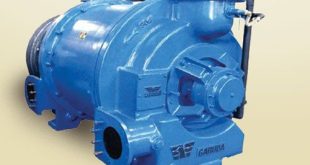Why do I need to check the oil level when the pump is running?
It’s generally not recommended or safe to check the oil level while the pump (or engine) is running. This is because the oil is circulating, and the reading you get will not be accurate. Additionally, there are safety risks involved with checking oil while the engine is running, such as burns from hot oil or injury from moving parts.
Here’s why you shouldn’t check the oil level while the pump is running:
- Inaccurate Readings:When the pump (or engine) is running, oil is being pumped throughout the system, creating a film on the engine’s internal components. This means the oil level in the sump (where you’d check it) will be lower than the actual amount of oil in the system.
- Safety Hazards:The engine is hot when running, and oil can be very hot as well, posing a risk of burns. Moving engine parts can also be dangerous, and reaching into the engine compartment while it’s running can lead to injury.
- Proper Procedure:To get an accurate oil level reading, you should turn off the pump (or engine) and allow a few minutes for the oil to settle back into the sump. This will give you a more accurate reading of the oil level.
The reason for this is that if the vacuum is not broken before pumps are shut down the oil in the cover will seek the vacuum still in the cartridge and intake chamber. Then the oil level will drop in the sight glass and give the appearance of a low oil level. Then if the pump is refilled to the oil level line and the pump started, the oil that got sucked back into the cartridge and intake chamber will be kicked back into the cover and now you’ll be over filled and the oil will shoot out the handle (exhaust port).
